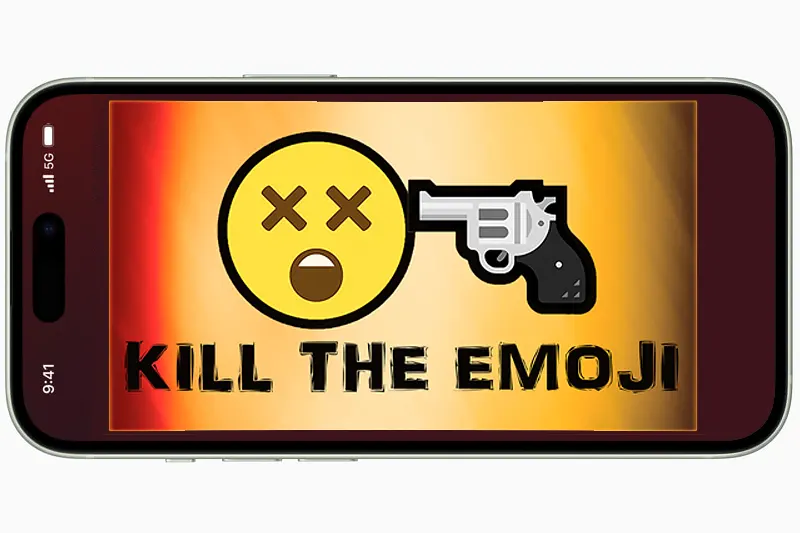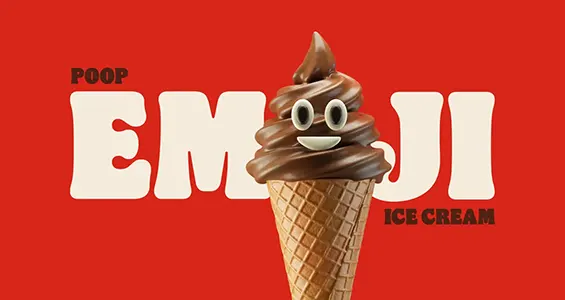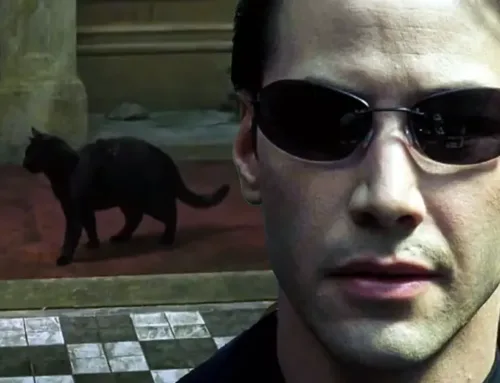Full disclosure: The emotional icon (aka emoji) has been a pet peeve of mine from its beginning. I have quixotically refused to use them (except for this post), even though the majority of my friends and colleagues unabashedly do. Emojis have always seemed silly and superfluous to me. Also, I’ve found that the intended meaning of an emoji is often hard to understand.
And so, I carried on in this Luddite way. Then two months ago, a well-researched opinion article on the emoji appeared in the Globe and Mail [1], forcing me to take a second look.
The Original View
There was a time and place for the emoji. Twitter launched in 2006 with a 140-character limit, including spaces. This paragraph is 146 characters.
2006 was also the beginning of main stream smart phone adoption. Mobile keyboards were tiny and human fingers needed some time to gain typing proficiency. The combined rise of the Twitter social media platform and smartphone use made the emoji a useful innovation to add more meaning and more importantly, tonal context, to a message with character restrictions.
Initially, the emoji was created by users from keyboard characters, as in :) and lol. By 2011 it became graphic and built-in: 😊 and 😂. For me, the emoji graphic style is somewhere between video-game and anime. Without an appreciation of Japanese culture, that translated (to me) as juvenile.
As the world moved on without me (at least on this point), the need for online character brevity declined while emoji options grew exponentially. And they seemed to evolve whimsically.
Great Emoji Cultural Moments
- The Poop Emoji drops in 2010
- Oxford Dictionary picks Face with Tears of Joy emoji as the word of 2015
- The Emoji Movie hits theatres in 2017
- The Thumbs-Up Emoji proves to be legally binding in online contract discussion, 2021 [2]
Great Emoji Marketing Moments
- By 2010, the emoji is omnipresent in email and social media marketing
- Burger King Brazil introduces its new ‘clean’ ice cream by making it look like—and referencing—The Poop Emoji in its 2020 launch campaign [3]
- Simply Spiked Peach plays on older generations not understanding what The Peach Emoji means to Millennials and GenZs [4]
The Second Look
Curiously, the last Great Emoji Marketing Moment above is what the Globe and Mail article is about: there is a clear lack of ‘emoji consistency’, defined as the emoji’s ability to mean the same thing to everyone. This inconsistency is cultural and generational. Emojis are even inconsistent across mobile devices. To researchers, the gold standard for an emoji’s ability to communicate an emotion is the English word it represents. So why not just use that word?
If we think of emojis as a universal language, then we have to wonder why there are so many misinterpretations.”
— Canadian linguist Gretchen McCulloch
This quote stopped me. Ms McCulloch goes on to suggest emojis are really just digital gestures which are context-specific, have no standards and mean different things to different people.
💀 The Emoji, 🙏
The emoji has outlived its usefulness. In fact, it’s hurting our ability to communicate to others clearly and meaningfully. At least those outside our comfort bubble. I fear we’re right where, in 1962, Marshall McLuhan predicted we would be, and why. [5]
Kill the emoji, please.
- Ming Wong, “Beyond Words”, The Globe and Mail (printed edition), March 16, 2024. The online version, “Know what I mean?”, is available here.
- Kelly Geraldine Malone, “Judge rules farmer’s thumbs-up emoji counts as contract agreement”, The Canadian Press, July 5, 2023.
- See the Ads of the World campaign summary here.
- Christopher Lombardo, “Simply Spiked makes the peach emoji the butt of a joke”, strategyonline.ca, April 5, 2024.
- See the last point in the sidebar here: THE MEDIA IS (ONLY PART OF) THE MESSAGE.







Yes, please, can we get back to using our words?
As further proof that emojis mean different things to different people, I’ve received a relative deluge of comments in Russian based on this post- presumably because the emoji icons in it are used by some as keywords/tags for spamming. Nothing dark being offered here, just your typical upscale car-rhinoplasty-investment-counselling sort of thing.